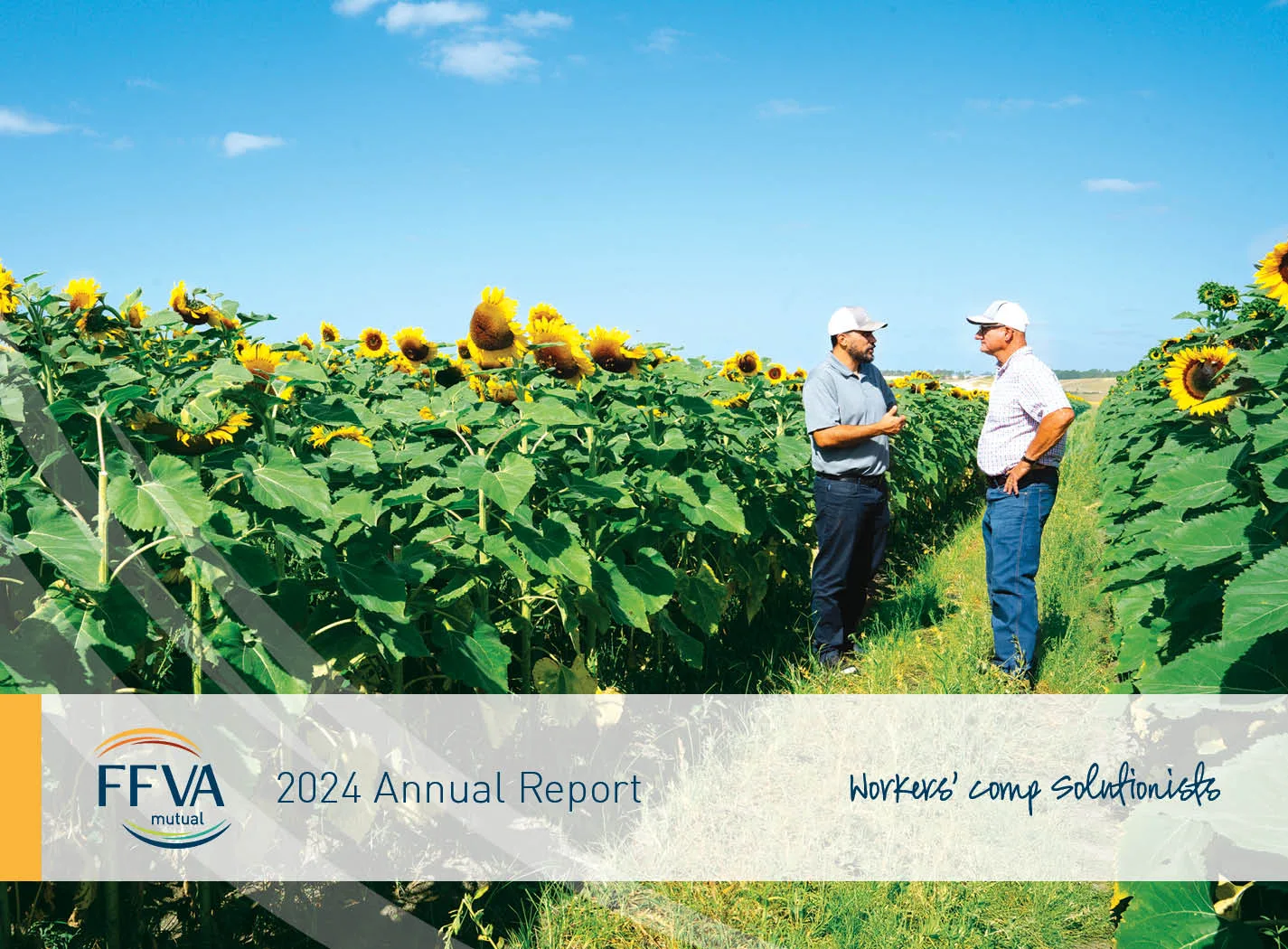Ways to Stay OSHA Compliant
Halloween is an exciting time of year for kids and parents alike. From trick-or-treating and costume parties to spooky haunted houses, there are plenty of seasonal activities to enjoy. But for employers, an unexpected knock on the door from an OSHA inspector can be a frightful situation if you’re not prepared.
The Occupational Safety and Health Administration (OSHA) often conducts on-site inspections without advance notice, so companies should know what to expect. While families stock up on candy and put out decorations to prepare for trick-or-treaters, it’s also a good time for companies to review their safety programs and policies to make sure they are OSHA compliant.
It pays to remember that staying compliant isn’t just about avoiding fines and penalties – every employee has the right to work in a safe environment. Even if your company isn’t singled out for an OSHA inspection, good safety programs and a well-maintained workplace are a real treat to employees – just like a bowl of leftover candy. That’s why we’ve assembled some useful insights that can help employers improve their safety programs and be ready for an OSHA inspection.
Here are 5 Tips to Keep Your Company OSHA Compliant:
1. Understand OSHA’s Standards
Every industry is subject to different on-the-job hazards. OSHA’s website is full of useful information and safety resources that breakdown the agency’s standards and regulations in detail. These online materials offer employers an in-depth look at a range of important safety topics, including:
- Accident prevention
- Employee training
- Fall protection
- Hazard communication
- Incident reporting
The rules for maintaining a safe workplace are constantly evolving, which is why businesses need to make regular adjustments to their health and safety policies. Considering the penalty for serious violations can run upwards of $15,625 per incident, employers have plenty of incentive to strive for continued improvements.
2. Address Workplace Hazards
One of the key elements of OSHA’s guidelines is that employers have a responsibility to “provide a workplace free from serious recognized hazards.” This usually involves identifying potential risks and putting meaningful protections in place, from installing barrier guards on dangerous machinery to supplying workers with respiratory equipment. Generally speaking, the surest way to reduce work-related injuries and illnesses is to conduct a thorough job hazard analysis and develop specific safety strategies based on your findings.
While small businesses may not have an in-house safety director, there are plenty of free resources to support their safety initiatives. OSHA offers on-site consultations that help employers recognize occupational hazards and take steps to lessen their impact without fear of penalties, fines or violations. Partnering with your workers’ comp carrier is another way to improve workplace safety conditions. FFVA Mutual’s policyholders can ask a safety question online and receive a personal response from one of our safety team experts.
3. Develop Comprehensive Safety Policies
The success of any health and safety program is built on clear written policies that outline the responsibilities of both employers and employees. These materials should be easily accessible and distributed to every new worker during their orientation to ensure they fully understand what’s expected of them. This type of responsive communication is essential to creating a safe environment and remaining compliant with OSHA’s standards.
Developing a comprehensive safety program takes time, effort and a lot of actionable insight. One of the best ways to create effective policies, processes and procedures is to ask employees for their input, as they can help create action plans that are specific to your worksites.
4. Maintain Detailed Records
Much like its safety regulations, OSHA frequently updates its electronic recordkeeping requirements for on-the-job accidents. In fact, the agency recently amended its guidelines to reduce the burden placed on employers, eliminating the need for businesses with 250 or more employees to submit OSHA Form 300 and Form 301. While this change has been a net positive for most companies, it’s still essential to maintain detailed records on every work-related injury, illness and report fatalities to OSHA within 8 hours. This ensures that OSHA can accurately track workplace injuries and illnesses, identify emergent hazards and fine-tune their safety guidelines.
5. Conduct Regular Employee Training
Training and education are crucial to the overall health and safety of your employees, and are core elements of any effective accident prevention program. OSHA requires all employers to administer annual training that reflect modern advancements in work processes, personal protective equipment and more. Of course, every industry is held to different standards. This may account for why training requirements for fall protection ranked among OSHA’s top 10 violations in 2022.
At FFVA Mutual, we believe that informed workers are safe workers. That’s why we offer online and in-person training events at no cost to our policyholders. This personalized support can help your company improve its safety initiatives and remain compliant with OSHA’s workplace safety guidelines.
Looking for a premonition of what OSHA expects? One way to be prepared, no crystal ball required, is to click here to learn what OSHA expects from employers.






























